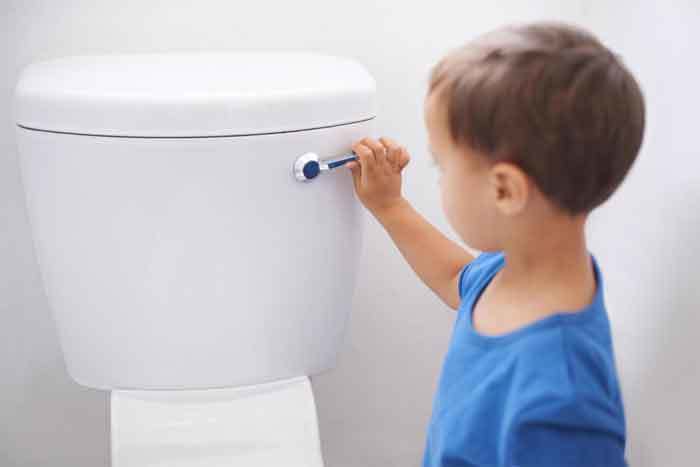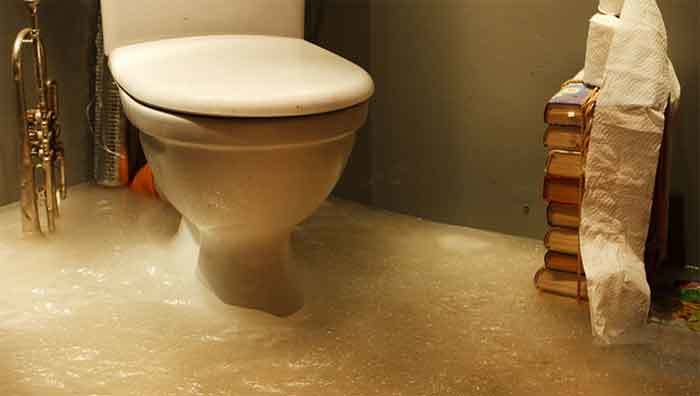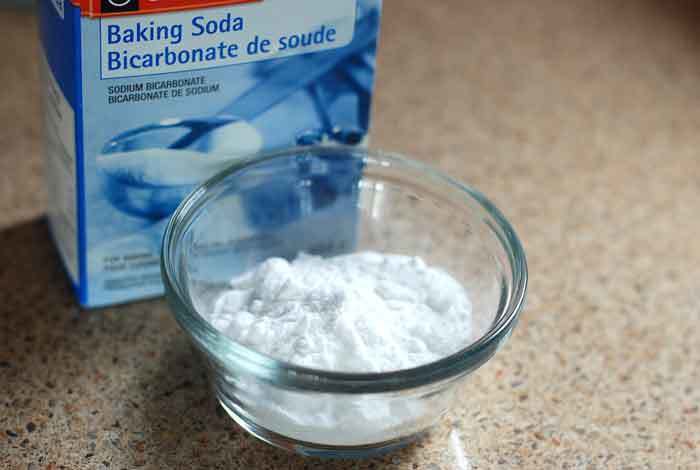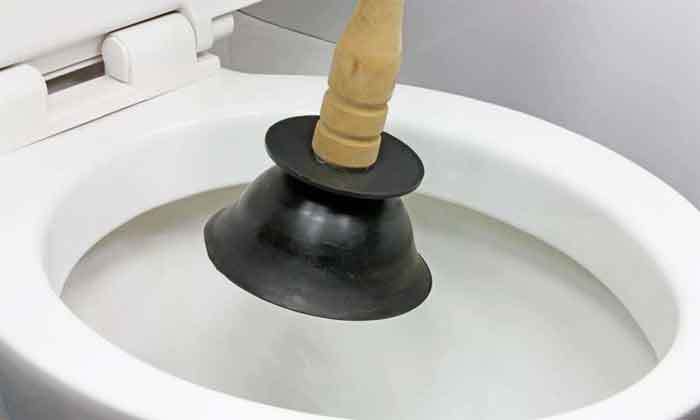Disclaimer: This post may contain affiliate links, meaning we get a small commission if you make a purchase through our links, at no cost to you. For more information, please visit our Disclaimer Page.
It takes just two things to keep a toilet flushing properly: enough water in the toilet tank, and a clear drainpipe with no blockages at all.
If you happen to lack any or both of these requirements, then your toilet is bound to act up. For example, it can flush slowly and incompletely, causing great inconvenience to you and whoever uses the toilet.
This problem is the most common one I encounter in other people's houses and in my own. Toilets that are flushing slowly and incompletely are not only annoying, but they can also cause overflow or cause further damage to the toilet.

Fortunately, my plumbing problems gave me enough knowledge about fixing things myself.
Thus, in this article, we’re going to be talking about what causes a toilet to flush slowly and incompletely, as well as easy tricks on how to fix it. In this way, we can save money on plumbing bills and learn new things in the process.
What causes a toilet to flush slowly and incompletely
If your toilet is flushing slowly and incompletely, then there’s something wrong with either the toilet itself or the drain lines.
When the toilet is your problem, then you have a good chance of fixing the problem yourself and saving tons of money. On the other hand, an external problem, like a defective or blocked drain vent, may need professional intervention.
So what causes a slow and sluggish toilet? Here are some of the possible reasons why your toilet is not flushing everything as it should:

How to fix a toilet that flushes slowly and incompletely
When I was younger, I didn’t really know my way around basic home repairs. Well, let me tell you right now that they should have taught these in school.
It sure would have saved me a lot of money on plumbing bills. If your toilet is flushing slowly and incompletely, here are a few DIY fixes that can solve the problem.
Getting rid of a clog
Toilet clogs are the number one causes of flushing anomalies. It is the most common plumbing problem that occurs in household toilets, and almost everyone experiences this at some point in their life.
Thus, if you suspect that a toilet clog is causing your slow and sluggish flushing, here are some cheap and easy ways you can get of it:
1. Pouring organic solvents in the toilet
You should try using natural ingredients before breaking out the hard stuff like store-bought toilet chemicals. This is a simple trick and it will only cost you a box of baking soda and two cups of white vinegar.

First, pour at least a cup of baking soda into the toilet water. When the baking soda reaches the bottom of the toilet, gradually pour the vinegar next. Do this slowly as the chemical reaction can cause the vinegar to fizz.
You don’t want it getting on your floors! After that, leave it for two to three hours and see if the flush is working normally again. If not, repeat the process or use a plunger.
2.
The combination of dish soap and hot water is a great way to get grease off of dishes. But guess what? It’s also a great way to lubricate clogs in order to get rid of them more easily.
To perform this trick, heat a gallon of water in a stockpot. Then, pour a cup or two of dish soap into the toilet before letting it sit for half an hour. With your water hot but not boiling, pour it carefully down the toilet without letting it overflow.
If the dish soap worked, then the clog should be loosened enough to go down the drains. If the water is still draining slowly, grab the plunger and give it a few tries.

3. Clean out the jet holes
The jet holes are located underneath the rim of your toilet. These holes are prone to accumulating debris over time, as hard water flows through them everyday. These mineral deposits cause a slower flush by blocking the holes, making it hard to flush material down the toilet effectively.
To clean the jet holes out, simply use a wire coat hanger or any tool to scrape out the material. You can also try pouring vinegar or bleach down the overflow pipe first to loosen it.
4. Use a good old plunger or toilet auger
When pouring things down the toilet doesn’t work, it’s time to get your hands dirty. Grab the plunger and try unclogging the toilet that way.
If it doesn’t work, buy a toilet auger from our list here and use that to pull the clog up and out of the trap. It will take a lot more effort, but it may be necessary for hard-to-remove debris.

Make sure that the water level is high enough
When you don’t have enough water in the toilet tank, your flushes will become weak, slow, and incomplete. To check if your water level is high enough, remove the lid off the toilet’s tank.
If the water is more than an inch below of the overflow pipe (the pipe at the center), adjust your water level by raising the float until the water is an inch or half an inch below the overflow pipe.
While you’re checking the tank, also make sure that the flapper is working properly. A flapper chain that is too long can make the flushes incomplete (because it makes the flapper close quickly).
Make sure that the flapper chain is just the right length - taut enough to pull the flapper wide open for about two to three seconds every flush.

